Hablemos del gato Siberiano
El pelaje grueso y lustroso del gato Siberiano no es solo para presumir, aunque es magnífico. A lo largo de los siglos, esta antigua raza desarrolló un abrigo de piel aislante e impermeable de triple capa, ideal para soportar las duras condiciones climatológicas de su Siberia natal. Aunque sus ancestros evolucionaron para resistir la vida en el exterior, actualmente los Siberianos aprecian condiciones más cómodas. Estos cariñosos gatos pueden ser juguetones pero en su mayoría están bastante contentos acurrucados al calorcito, cerca de sus propietarios, siempre listos para unos mimos.
Nombre oficial: Siberiano
Otros nombres: Neva Masquerade (variedad con puntas de lince), Gato del Bosque Siberiano
Orígenes: Rusia
Nivel de muda de pelo
4 out of 5Necesidad de actividad física (alta, baja, media):
1 out of 5Convivencia con otras mascotas
4 out of 5¿Clima cálido?
2 out of 5¿Apto para niños?*
5 out of 5
| Macho | Hembra |
|---|---|
| Altura | Altura |
| 28 - 33 cm | 28 - 33 cm |
| Peso | Peso |
| 7 - 8 kg | 5.5 - 6 kg |
| Gatito en desarrollo | Adulto |
|---|---|
| De 4 a 12 meses | De 1 a 7 años |
| Maduro | Sénior |
| De 7 a 12 años | A partir de 12 años |
Nivel de muda de pelo
4 out of 5Necesidad de actividad física (alta, baja, media):
1 out of 5Convivencia con otras mascotas
4 out of 5¿Clima cálido?
2 out of 5¿Apto para niños?*
5 out of 5
| Macho | Hembra |
|---|---|
| Altura | Altura |
| 28 - 33 cm | 28 - 33 cm |
| Peso | Peso |
| 7 - 8 kg | 5.5 - 6 kg |
| Gatito en desarrollo | Adulto |
|---|---|
| De 4 a 12 meses | De 1 a 7 años |
| Maduro | Sénior |
| De 7 a 12 años | A partir de 12 años |
Conoce al Siberiano
Todo lo que necesitas saber sobre la raza
Con sus abrigos de piel extravagantes, sus ojos grandes y redondos, sus orejas esponjosas y sus impresionantes colas de estilo cepillo, los gatos Siberianos son verdaderas bellezas rusas. Pero si esperas un temperamento frío acorde con sus orígenes en la helada Siberia, te llevarás una sorpresa. Estos maravillosos gatos son la ternura personificada. Lo único que quieren es estar cerca de los humanos de su elección: te seguirán por toda la casa y se acurrucarán en tu regazo, ofreciéndose como una especie de bolsa de agua caliente felina.
Los gatos Siberianos llegarán incluso a "hablar" contigo. Los Siberianos se comunican con sus humanos a través de pequeños cantos y sonidos dulces, así como los ronroneos y maullidos más convencionales.
Los Siberianos son gregarios y congenian tanto con otros animales como con niños. Son juguetones y atléticos por naturaleza y eso a veces puede traducirse en saltos enérgicos sobre los muebles o golpes frenéticos sobre el ratón de tu ordenador. Sin embargo, estos gatos también tienen un lado plácido y tranquilo. No es de extrañar que los gatos Siberianos se utilicen a veces como gatos de terapia.
Dos datos sobre el Siberiano
1. Desde Rusia con guantes
En realidad, unos guantes podrían ser lo único que falta en el guardarropa de invierno del Siberiano. La ropa resistente al mal tiempo de este afectuoso gato es impresionante: un pelaje de triple capa repelente al agua, un cuello completo, pantalones esponjosos y una cola espesa como la de un zorro. Las almohadillas peludas de las patas completan el equipo de exterior del Siberiano y le permite caminar por el paisaje nevado antes de llegar a ti.
2. Neva Masquerade punta de lince
No, no es ningún código secreto, sino una manera de describir a un gato Siberiano con marcas distintivas y orejas tupidas. El nombre alternativo Neva Masquerade se usa para los Siberianos con pelaje más oscuro en las extremidades. Además, si tu gato tiene pequeños mechones de pelo en la punta de las orejas, entonces tiene algo en común con su primo (lejano) más grande y salvaje: el lince. Estos mechones, que ayudan a mantener las orejas de los gatos libres de suciedad, se conocen como "puntas de lince".
Historia de la raza
Los gatos Siberianos se remontan al menos mil años atrás y se cree que están relacionados con el Bosque de Noruega: las similitudes físicas entre las dos razas son obvias y ambas evolucionaron para soportar ambientes fríos y duros.
Los gatos Siberianos llevan mucho tiempo siendo populares gatos multitarea en su tierra rusa natal: desde gatos de granja hasta mascotas familiares muy queridas. Han hecho incluso apariciones mágicas en el folclore local y los cuentos de hadas.
Aunque algunos llevaban mostrándose en exhibiciones de gatos desde la década de 1870, fue justo después del final de la Guerra Fría cuando estos fabulosos felinos realmente comenzaron a ser más conocidos, ya que algunos gatos Siberianos empezaron a exportarse a Europa y Estados Unidos. La Cat Fanciers' Association aceptó la raza para su registro en 2000 y logró el estatus de campeonato en 2006.
De la cabeza a la cola
Características físicas de los gatos Siberianos
1.Cola
2.Orejas
3.Pelaje
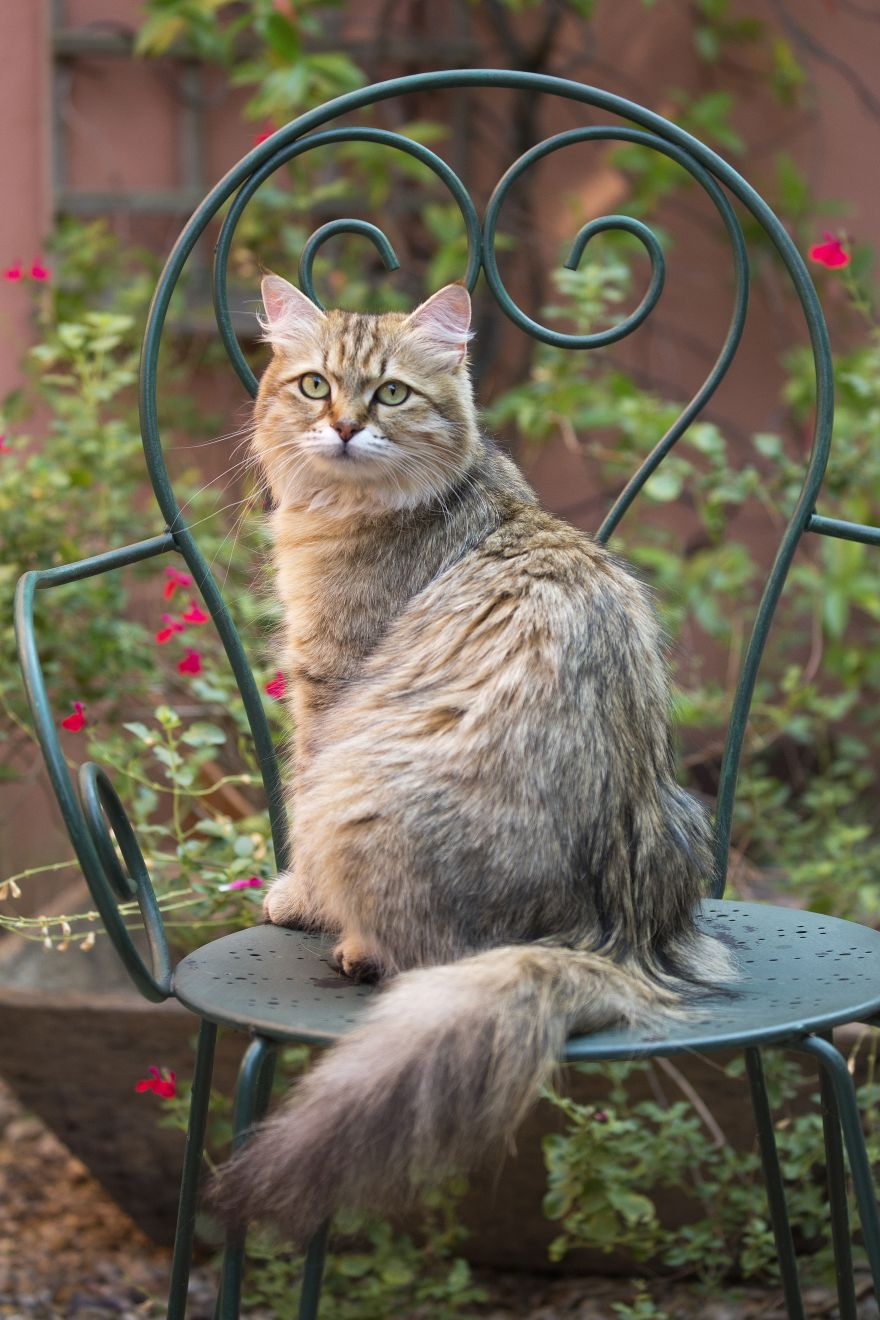
Aspectos que tener en cuenta
Desde rasgos específicos de la raza hasta una descripción general de su salud, aquí tienes algunos datos interesantes sobre el Siberiano
Problemas de corazón
Los gatos Siberianos suelen gozar de buena salud pero la raza es propensa a una afección llamada miocardiopatía hipertrófica, una enfermedad cardíaca que hace que el músculo cardíaco se agrande, lo que reduce su eficiencia. Intenta siempre comprar a un criador de buena reputación que se encargará de criar tan solo de padres libres de enfermedades.
Vigila el peso
Los Siberianos son una raza grande por naturaleza y pueden correr el riesgo de ganar demasiado peso, lo que puede generar problemas de salud. Asegúrate de que tu gato coma los alimentos adecuados y en las cantidades correctas para garantizar que se mantenga con buena salud. Las revisiones periódicas con tu veterinario siempre son una buena idea.
Dieta saludable, gato más saludable
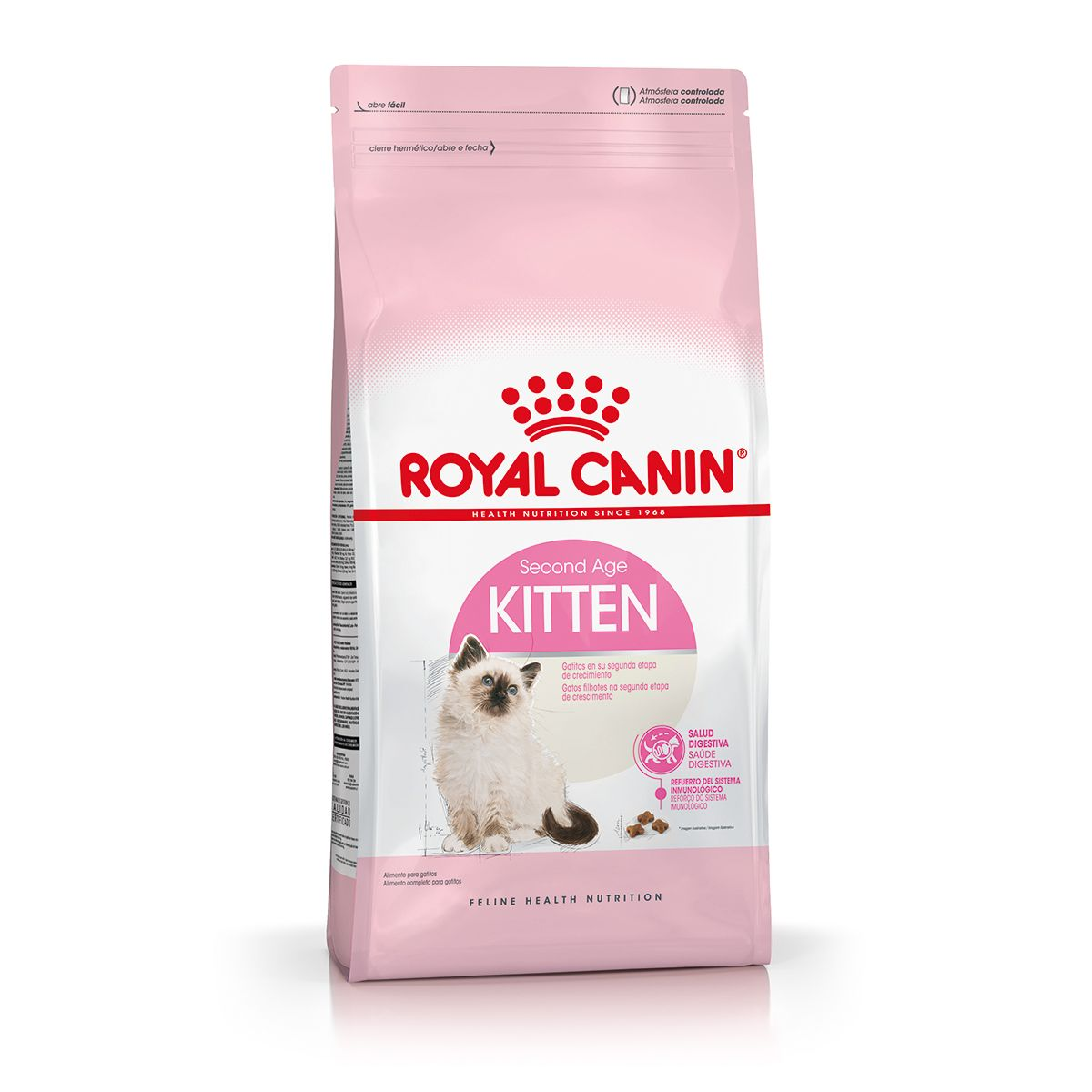
Una nutrición saludable a medida desempeña un papel fundamental en el mantenimiento de la salud y la belleza de un gato. La comida proporciona energía para ayudar con las funciones vitales y una fórmula nutricional completa para gatos debe contener un equilibrio adecuado de nutrientes. Alimentarles de este modo les ofrecerá una dieta que no peca ni por exceso ni por defecto y que, por tanto, no tendrá efectos adversos sobre la salud de tu gato. Conviene que haya disponible agua limpia y fresca en todo momento para respaldar una buena regularidad urinaria. Los gatos también están adaptados de forma natural a comer porciones pequeñas entre 7 y 10 veces al día. Darles la ración diaria recomendada de croquetas una vez al día permitirá que el gato regule su propio consumo; sin embargo, cuando tienen solo una o dos porciones al día, su peso aumenta más que en los gatos que comen a demanda.
Las siguientes recomendaciones son para animales con buena salud. Si tu gato tiene problemas de salud, consulta al veterinario que recetará una dieta veterinaria exclusiva.
Al elegir comida para los gatos Siberianos, hay varios factores que tener en cuenta: su edad; sensibilidades individuales; su estilo de vida, que influye considerablemente en su nivel de actividad; y su estado fisiológico, como la esterilización, un factor potencial en el aumento de peso. Si el gato tiene acceso al exterior, los cambios de estación también influyen, especialmente en lo que respecta a la muda, que se produce dos veces al año.
Edad
Fase de crecimiento
El crecimiento es una etapa esencial en la vida de cualquier gatito. Es una época de grandes cambios, descubrimientos y nuevos encuentros. En cuanto a los requisitos de energía, proteínas, minerales y vitaminas, los de los gatitos son mucho mayores que los de un gato adulto. Necesitan energía y nutrientes para mantener su cuerpo, pero también para crecer y desarrollarse. El crecimiento de un gatito consta de dos fases:
Construcción, del nacimiento a los 4 meses
El destete es la transición que hace un gatito del alimento líquido, o leche materna, al alimento sólido. Este período corresponde de manera natural al momento en que les salen los dientes de leche, cuando tienen entre 3 y 6 semanas. En esta etapa, los gatitos aún no pueden masticar, por lo que la comida blanda (croquetas rehidratadas o alimento húmedo adaptado) ayuda a facilitar la transición de líquidos a sólidos. Entre las 4 y las 12 semanas tras el nacimiento, la inmunidad natural que recibe un gatito del calostro de la madre (la primera leche) disminuye, mientras que el sistema inmunológico del gatito se va desarrollando de forma gradual. Este momento crítico, llamado vacío inmunitario, requiere un complejo de antioxidantes, incluida la vitamina E, para ayudar a respaldar sus defensas naturales. Los gatitos pasan por un periodo intenso y particularmente delicado de crecimiento durante el cual son propensos a sufrir trastornos digestivos. Su dieta en este momento no solo debe ser rica en energía para satisfacer sus necesidades esenciales de crecimiento, sino que también debe contener proteínas altamente digeribles para su sistema digestivo, que todavía está madurando. Los prebióticos, como los fructooligosacáridos, también pueden respaldar su salud digestiva al ayudar a equilibrar la flora intestinal. ¿El resultado? Una buena calidad de las heces, en todos los aspectos. La alimentación del gatito debería contener ácidos grasos omega 3, EPA-DHA, que respaldan el correcto desarrollo neurocerebral.
Consolidación y armonización, de los 4 a los 12 meses
A partir del cuarto mes, el crecimiento de un gatito se ralentiza, por lo que se recomienda un alimento bajo en grasas. Esto es especialmente importante después de esterilizar al gato. Entre los 4 y los 7 meses, los dientes de leche del gatito se caen y se sustituyen por los permanentes. Cuando han salido los dientes de adulto, el gatito necesita comer croquetas que sean lo suficientemente grandes como para animarse a masticar. Hasta los 12 meses de edad, el sistema inmunológico del gatito Siberiano se está desarrollando de forma gradual. Un complejo de antioxidantes, incluida la vitamina E, puede ayudar a respaldar sus defensas naturales durante esta época de grandes cambios, descubrimientos y nuevos encuentros. El sistema digestivo madura de forma progresiva y las aptitudes digestivas alcanzan la plena madurez hacia los doce meses de edad. Es entonces cuando el gato puede consumir comida de adulto.
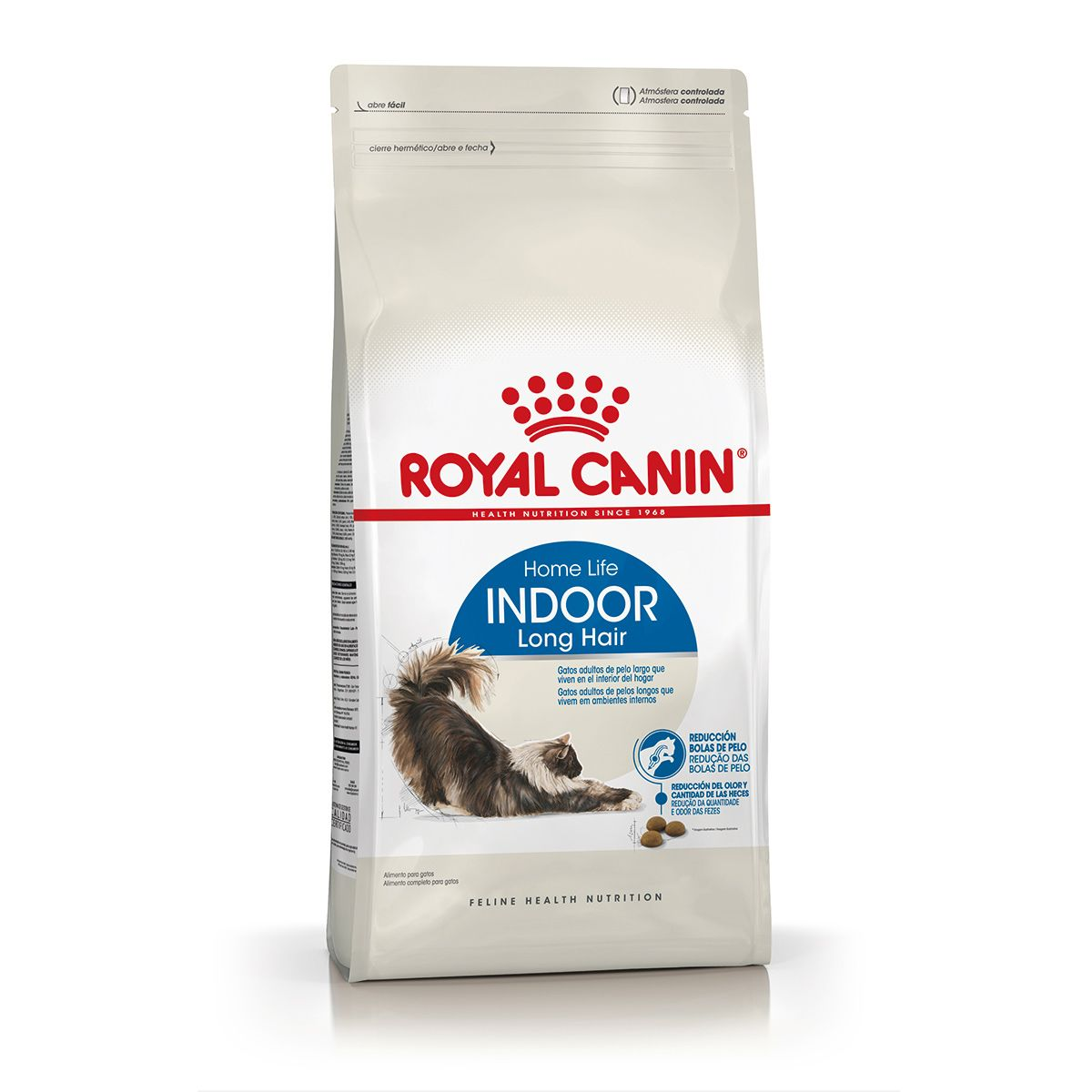
Cuando se trata de su nutrición, los objetivos para un Siberiano adulto son:
Contribuir a mantener un peso corporal ideal mediante el uso de ingredientes altamente digeribles y mantener el contenido de grasa en un nivel razonable*, especialmente en el caso de gatos esterilizados, gatos de interior y gatos callejeros. Apoyar una digestión óptima y equilibrar la flora intestinal mediante el uso de proteínas y prebióticos altamente digeribles. Preservar la salud y la belleza de la piel y el pelaje enriqueciendo los alimentos con ácidos grasos esenciales (especialmente EPA-DHA), aminoácidos esenciales y vitaminas del grupo B. Mantener un tracto urinario saludable. Añadir fibra para estimular la eliminación del pelo ingerido durante su aseo, gracias a fibras seleccionadas, para ayudar a reducir la creación de bolas de pelo. Respaldar el cuidado diario y la higiene bucal
Algunos gatos pueden ser exigentes con la comida, por lo que la palatabilidad del alimento es clave. Para estimular su apetito se pueden tener en cuenta varios aspectos: fórmula y aromas exclusivos, tamaño de la croqueta, textura especial (o una combinación de diferentes formas y texturas), tanto con los alimentos secos como húmedos.
*Ajustar el nivel energético de los alimentos a las necesidades energéticas de los gatos les anima a regular su propio consumo. Los gatos suelen tener más dificultades para frenar el apetito si la croqueta es muy rica en grasas.
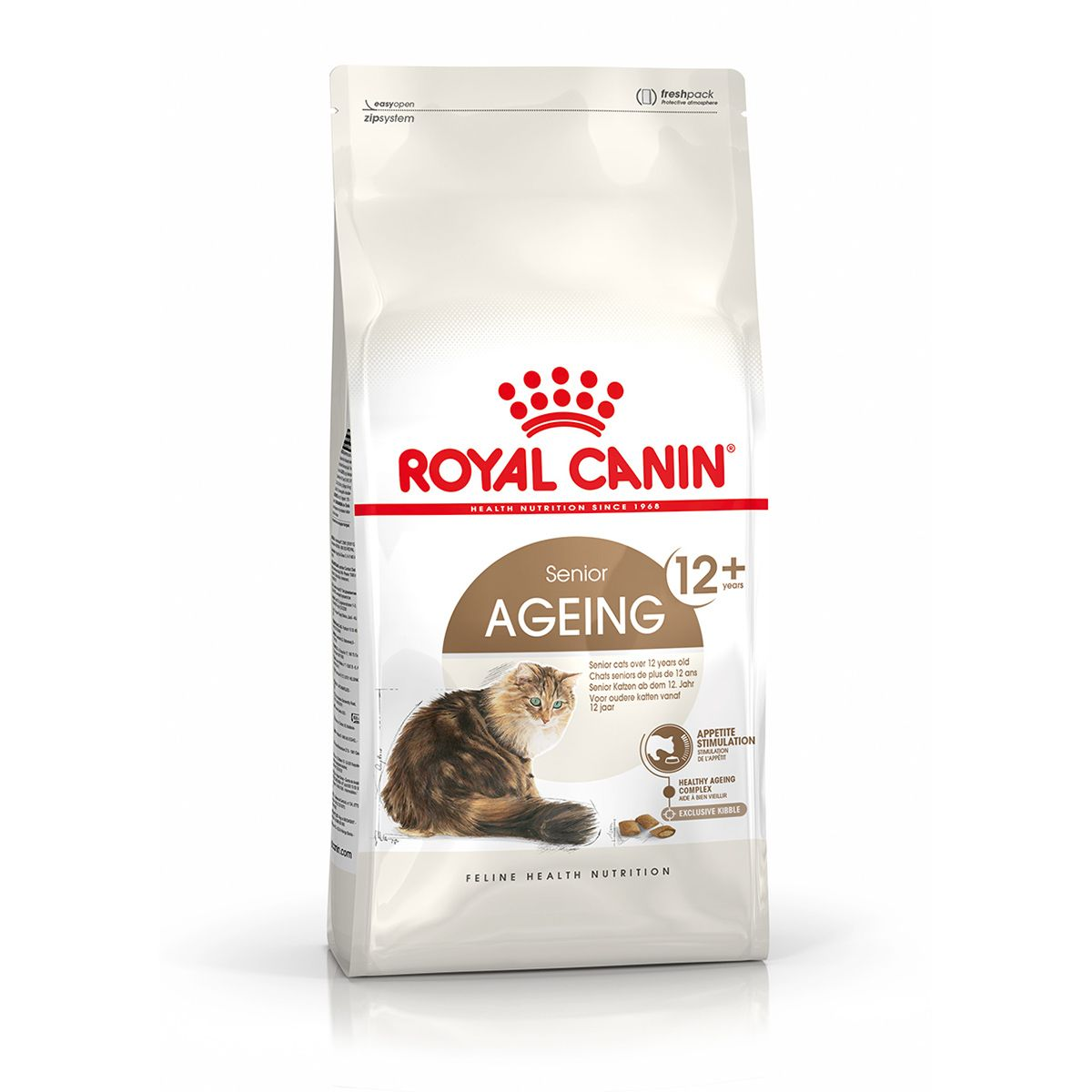
Tras cumplir los 7 años, los Siberianos comenzarán a enfrentarse a los primeros signos de envejecimiento. Una fórmula enriquecida con antioxidantes ayudará a mantener su vitalidad y un contenido de fósforo adaptado respaldará su sistema renal.
El envejecimiento también es sinónimo de una capacidad digestiva modificada. Un gato sénior de más de 12 años puede tener también dificultades con la absorción. Para mantener el peso de los gatos en edad madura y evitar cualquier riesgo de deficiencias, se les debe dar un alimento extremadamente digerible lleno de nutrientes esenciales.
A medida que envejecen, los gatos sufren cada vez más problemas dentales y, en algunos gatos sénior, el sentido del gusto y el olfato también pueden disminuir, lo que puede conducir a una menor ingesta de alimentos. Para garantizar que ingieren alimento suficiente, es necesario tener en cuenta el tamaño, la forma y la dureza o textura de las croquetas para que se adapten a su mandíbula que ahora puede ser más frágil.
Ten en cuenta que el nivel de energía óptimo para cualquier gato seguirá dependiendo de su estilo de vida, incluso en aquellos que estén envejeciendo. Un gato sénior que siga saliendo regularmente se beneficiará de una dieta con un contenido de grasa ligeramente superior. Por otro lado, el envejecimiento no reduce el riesgo de obesidad de los gatos de interior. Conviene seguir supervisando de cerca su ingesta calórica. Un alimento con un contenido moderado de grasas puede ser óptimo en estos casos.
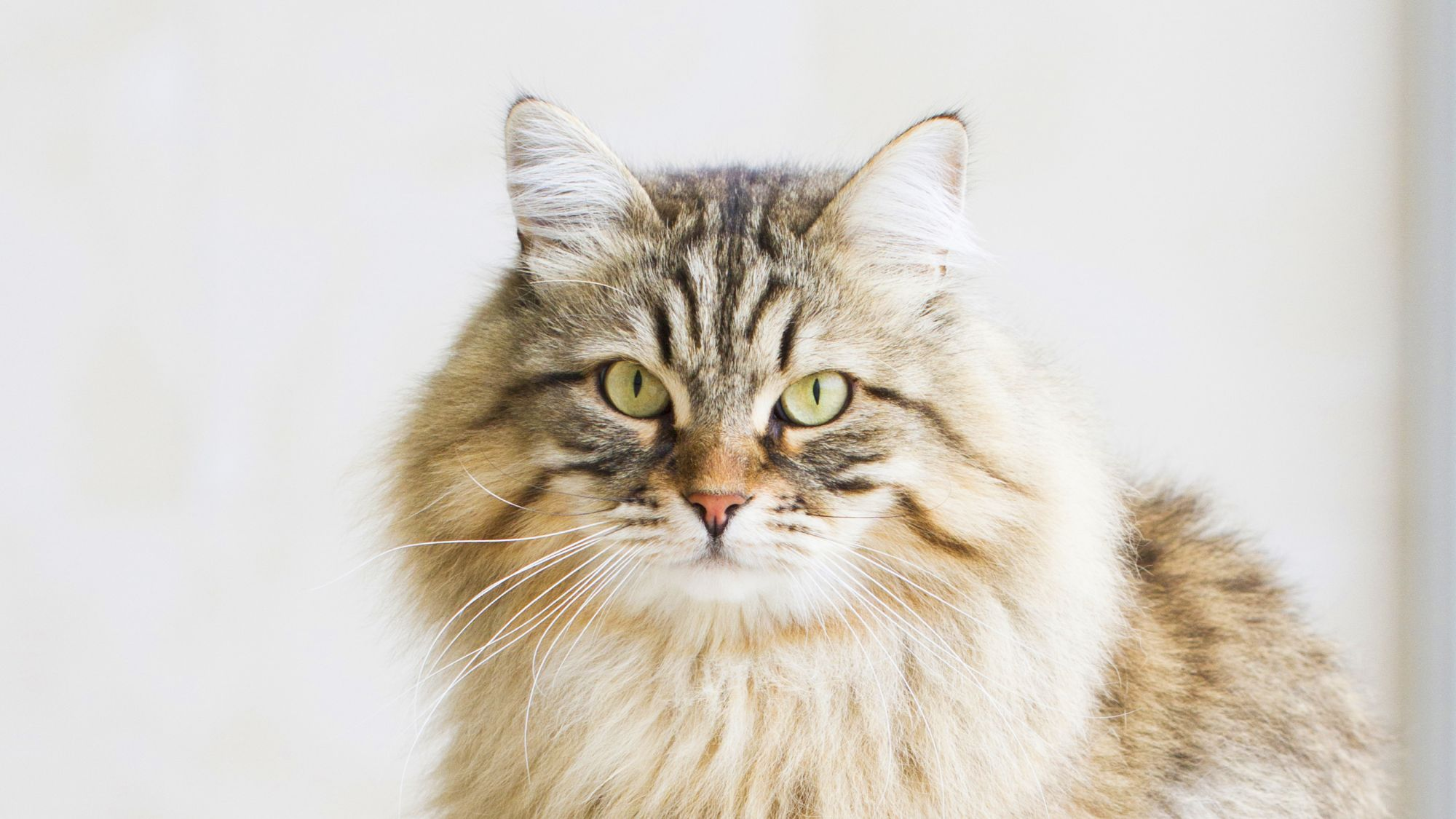
Cuidado del Siberiano
Consejos de aseo, entrenamiento y ejercicio
7/7
Todo sobre el gato Siberiano
Realmente no. El pelaje de los Siberianos puede ser grueso e impresionante, pero solo necesitan un cepillado rápido cada pocos días para mantenerse en buen estado de salud y sin nudos. En la temporada de muda (dos veces al año) será necesario redoblar los cepillados y probablemente pasar MUCHO más la aspiradora.
Ningún gato puede considerarse verdaderamente hipoalergénico. Sin embargo, la evidencia anecdótica sugiere que el Siberiano posiblemente no provoque reacciones tan fuertes en personas con alergias como otras razas. Eso puede deberse a que los Siberianos tienen niveles más bajos que otros gatos de la proteína que causa alergias en la saliva y la piel, pero los científicos aún están investigando el fenómeno.
Leer más sobre este tema
Fuentes
- Centros veterinarios de Estados Unidos https://vcahospitals.com/
- Enciclopedia de gatos Royal Canin. Ed. 2010 y 2020
- Hospital de mascotas de Banfield https://www.banfield.com/
- Paquete de productos Royal Canin BHN
Dale like y compartí esta página